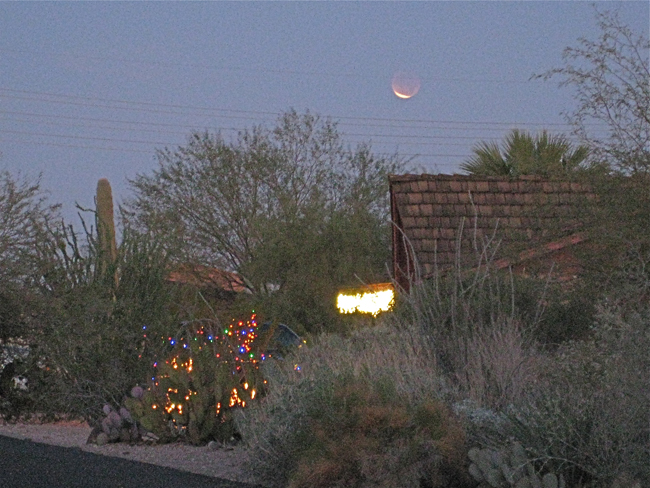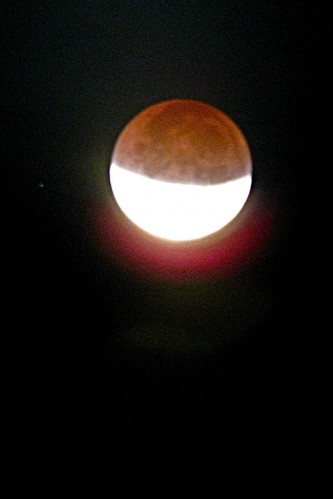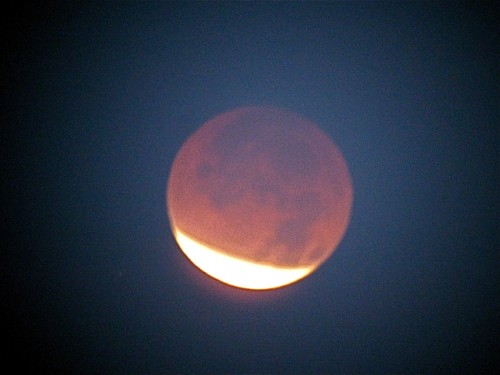What happened at Beit Bat Ya’anah: part 13
Note to readers: It’s been a while since I’ve had the time to advance the tale of the archæological site called Beit Bat Ya’anah and its inhabitants. 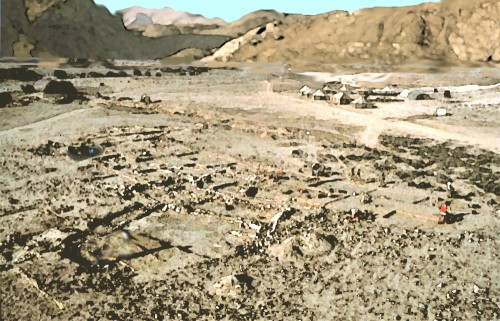 The progress of Professor Einer Wayfarer’s efforts on that remote ridge in the Negev Desert to observe the seemingly out-of-place and elusive protégé of her controversial colleague Avsa Szeringka was temporarily interrupted by non-literary Three Star Owl activities: a busy fall season of pottery-making for shows, sales, and holiday shoppers kept me more in the studio than at the keyboard. Posting on my blog has suffered in general: there simply hasn’t been enough time to assemble both words and art for weeks and weeks. But things have relaxed somewhat now, and I’d like to get back to telling the tale. So far, all the action has occurred at the dig site, and only a few days have elapsed since Professor Wayfarer’s unenthusiastic arrival there.
The progress of Professor Einer Wayfarer’s efforts on that remote ridge in the Negev Desert to observe the seemingly out-of-place and elusive protégé of her controversial colleague Avsa Szeringka was temporarily interrupted by non-literary Three Star Owl activities: a busy fall season of pottery-making for shows, sales, and holiday shoppers kept me more in the studio than at the keyboard. Posting on my blog has suffered in general: there simply hasn’t been enough time to assemble both words and art for weeks and weeks. But things have relaxed somewhat now, and I’d like to get back to telling the tale. So far, all the action has occurred at the dig site, and only a few days have elapsed since Professor Wayfarer’s unenthusiastic arrival there.
This is the thirteenth episode in the series. To read the twelfth episode, click here. If you wish to catch up on the entire story in full detail, click here to start at the very beginning. At the end of each installment, there’s a link to click to continue on to the next one. If you need a less thorough reminder, or a basic intro to 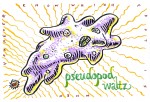 the fiction I post here, there’s also a brief summary of both What Happened at Beit Bat Ya’anah and its prequel The Ganskopf Incident in this post.
the fiction I post here, there’s also a brief summary of both What Happened at Beit Bat Ya’anah and its prequel The Ganskopf Incident in this post.
Now let’s take up the tale again, first by jogging the memory (caution mild spoiler alert for those who haven’t read the rest of the story yet), and then by a brief change of scene, with a look at Professor Wayfarer’s volatile European colleague Avsa Szeringka, who is the director of “the Institute” and who may be behind much of what has happened in the story so far.
Previously, we learned that Wayfarer was enticed to the remote archæological site “at the behest of her colleague and friend Avsa Szeringka (pronounced “zhə-RING-ka” with a zh like in Zsa-Zsa or French je), who had somehow herself managed to remain comfortably ensconced at the Institute near cool, gray Oxford,” by means of an imperious letter in expressive but convolute and ambiguous English, which is “not Avsa Szeringka’s second language, nor even her third.” This letter obliquely requires Wayfarer to seek out “an artefact” at the site, which she eventually realizes is actually a person: Dario, Avsa’s sleek grad student of uncertain linguistic and ethnic origins. While Wayfarer is making slow progress trying to understand who Dario is, his mentor is monitoring – if not manipulating – events from afar.
[Note: for anyone wondering about the prominence of hand-written correspondence in this story, now is a good time to remind you that the action takes place in the early 1980s, when email and cellular phones were just beginning to be used in universities and businesses. For participants in a remote desert dig, telephone access would be limited to weekend leave and payphones in town. For overseas communication, everyone would have relied on gummed stamps you had to lick, crinkly onion-skin air-mail paper, and postal delivery times measured in days, if not weeks, with letters being driven into town and mail fetched back to the site no more than once or twice a week, along with groceries and other supplies.]
Correspondence: considering two letters
Her silk-robed figure barely discernible from the rare antiques which furnished the damask-curtained, high-ceilinged room that functioned as both boudoir and office in her eponymous Institute near Oxford, Avsa Szeringka didn’t look up as her assistant placed the daily mail on the desk in front of her. It was the usual thick stack, arranged as Avsa required with the journals and manuscripts to be reviewed at the bottom, the routine business correspondence next, and any hand-addressed personal missives sorted to the top to be read immediately if they were from someone of whom she approved, or to be individually snubbed, if not. Bills she never saw; she had people for that.
This morning two envelopes interested her. She took them from the top of the stack and pushed the rest across the desk, disturbing the striped cat bunched at the corner of the Turkish leather writing pad. The tiger opened its mouth to complain, but nothing came out but a staccato fishy click, which Szeringka ignored, except to briefly bare her teeth back at the animal as she placed the two interesting letters in front of herself.
She considered them. They were both postmarked on the same date in Be’er Sheva, Israel, and they were each addressed with familiar but contrasting scripts. Unexpectedly, both packets were flimsy; neither could have more than one sheet of paper sealed inside. This was disappointing: she’d hoped to provoke heftier responses from each of her correspondents.
She reached a long-fingered hand towards one, but picked up the other instead, opened it and read it quickly.
“Avsa,” it began bluntly, “your ‘artifact’ is decorative but uncooperative and gives the distinct impression of preferring not to be handled, at least by me. This is an attempt to extend your metaphor accurately, and not prurience. Otherwise, the Negev is hot as hell, the living conditions are primitive, and the insect life is both appallingly forward and unanimously venomous: wish you were here.” Signed briefly, “E.W.”
Szeringka sniffed. The gruff humor of the message was hardly worth the postage to transmit it. If Einer didn’t have more to say, then it was clear that her dear friend and colleague wasn’t paying sufficient attention. Avsa made an impatient sound with her tongue. This letter required no answer.
She let it drop and picked up the other. Its external address was tidy and elegant, much more precisely written than Einer’s hasty American scrawl. She passed the unopened envelope briefly under her nose, noting a coniferous odor, faint but still detectable: she’d given him the fountain pen with the amber-scented ink herself, ostensibly a prize for some end of term academic achievement. Unperfumed versions of these showy trophy pens were coveted by their awardees, treasured carefully and displayed prominently on desks all over the Institute, and not, she knew, generally employed to write with. How like him to think so little of the prize, or of the inconvenience, as to bring an old-fashioned reservoir pen with him into the field, and actually operate it in the desert heat and grit. Avsa slid a fingertip under the envelope flap and, unfolding the page, read what he’d inked there.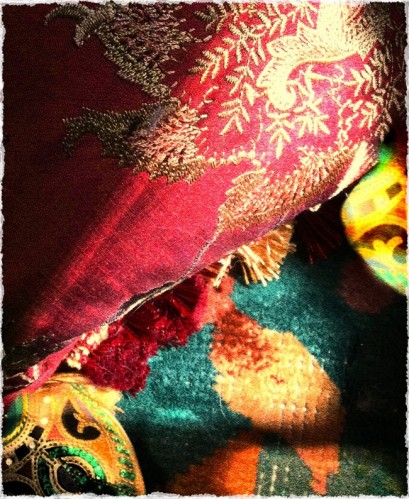
When she had read his words twice – there were only a few – she stood and moved to the window, parting the heavy draperies a hand’s width. A blade of northern sunlight slid in, not gray at all but a sharp white ray of August, showing the many lines on the pale planes of Szeringka’s face in deep relief.
The lines at the corners of her mouth deepened. Yes, each of these letters was disappointing; the first, perhaps predictably, but the second, shockingly. Uncooperative, Einer had written about her student. Avsa had thought this must be irritable exaggeration, until she had read his letter.
She turned her head from the window and called out to her assistant in heavily accented English. “Wynn, tea! The osmanthus oolong whole leaf, I think, this morning. And a sheet of the official letterhead.”
Einer had said he preferred not to be handled. Yet that was precisely what his letter — that impertinent, rebellious tone in so few words! – required her to do. He had left her no choice but to handle this, and not gently.
Avsa Szeringka abruptly pushed back the floral drape wide, flooding the walls, the carpet, her dressing gown, her slippers, herself, with light. Really, it shouldn’t be necessary to strong-arm the stubborn creature: like it or not, he was going to have to take some responsibility in the effort. She strode back to her desk, pushed the cat off with animus, and while impatiently waiting for Wynn to arrive with both tea and stationary, began to calculate postal turn-around time to that stony armpit of the desiccated south while drafting stern and irrefutable points across the offending letter’s envelope. This time, wishing to be perfectly understood, she didn’t waste time with English.

